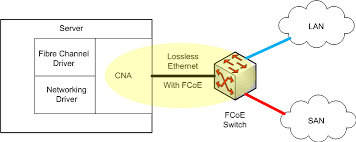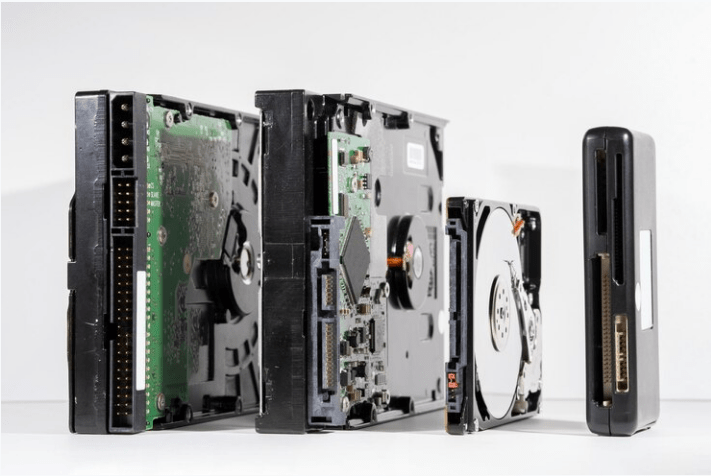Helium is cheap and harmless, and you’ve probably come in contact with it in the form of helium-filled party balloons that you can buy at any florist. But helium also has the potential to revolutionize the economics of data storage, and the revolution may be just about to start.
The reason that helium-filled party balloons float is because helium is much less dense than air – a mere 14% of the density. It’s this simple fact that also makes helium a good filler for hard disk drives in high density data centers, massive scale out data centers and any location where space and power are limited.
That’s because disk drive platters spinning in the air in a hard drive case experience a high level of turbulence and vibration, in the same way that your hand would be buffeted around in the air if you stuck it out of the window of a car speeding down a highway.
This movement makes it hard for a drive head to locate itself correctly on a particular track, and it’s the reason that current disk drives are restricted to a maximum of five spinning platters. Any more and the turbulence becomes too much, given the current levels of areal density.
And it’s the battling against these air movements that is also one of the causes of heat generation in disk drives, and heat generation ultimately means wasted energy.
But if you fill hard drives with helium instead of air, and seal them so that the helium can’t escape, things change dramatically. Since helium is far less dense than air, there is less “stuff” for the spinning platters to interact with. That means that there is less turbulence, less vibration, less heat generation, and less energy wasted.
That in turn means that disk drives can be packed with more spinning platters in a standard form-factor drive case, and that means that the data storage capacity of the drive can be increased at a stroke. That’s the theory, anyway.
This theory has now been put in to practice by HGST, a hard drive maker owned by Western Digital. The company has been working on helium technology for the better part of a decade, and in early November it launched the first fruits of this work: 6TB helium-filled enterprise class disk SAS and SATA drives.
These Ultrastar He6 drives feature seven platters, and a rise from five platters to seven is a 40% increase in surface area, and thus a 40% increase in storage capacity over 4TB five platter drives. In fact the Ultrastar He6 drives offer a 50% increase in storage capacity over 4TB five platter disks by bumping up the areal density of the platters.
“This helium technology is actually a pretty big deal,” says John Rydning, a hard drive expert at IDC. “With traditional air filled drives, manufacturers have been approaching the upper plateau of the s-curve in terms of data density. Helium technology – if it works – puts you on a whole new s-curve.”
Brendan Collins, HGST’s vice president of product marketing, says that the technology to seal the disks so that the helium doesn’t escape has been a long time in development. “Helium is very difficult to contain because of its low density – in fact people use it in leak detection systems. The way we treat the components and hermetically seal the disks has taken more than eight years to perfect.”
He claims that the drives run 4-5 degrees cooler than air filled drives, and because there is less drag in helium than in air they consume 23% less power, resulting in a 49% improvement in power consumption per terabyte of storage. And since the drives are hermetically sealed, they can even be immersed in liquid coolant – something that can’t be done with conventional drives because they are not sealed and thus the coolant would get inside the drive case.
“A lot of companies are excited about this,” says Rydning.”But the question is: will they leak helium? There is definitely a need to test them in the field.”
This has been done to an extent by customers such as CERN that have been able to evaluate the technology already. “We have tested the helium drive and it looks very promising: it surpassed our expectations on power, cooling and storage density requirements,” says Olof Bärring, a member of CERN’s IT department.
Rydning also cautions about how the cost savings are interpreted: the cost savings that are achievable depend on the workloads that the disks are used for and the activity of the storage system or servers the disks are attached to.
“The more you push the storage, the bigger the savings. These won’t be nearly as big when the disk is at rest,” he says. “But for data centers running massive SAN or NAS arrays or large numbers of servers with direct attached storage (like Facebook or Google) then the number of spinning disks is a major cost factor.”
In these scenarios, higher density helium disks could significantly reduce power consumption, cooling requirements and even the data center rack space that is required. But Rydning points out that – initially at least – helium drives will command a premium price in the storage disk market.
Perhaps what’s most interesting about helium drive technology is that it should be complementary to any new technologies that enable rises in areal density. Essentially it allows more platters in a single disk drive case, and if gains in areal density allow more data to be packed on to each platter then this will have a greater effect because there are more platters to benefit from the gains.
Over the next few years, disk technologies like shingled magnetic recording (SMR) and heat-assisted magnetic recording (HAMR) that allow higher areal densities are likely to come online, and combined with helium technology these could produce drives offering densities far higher than 6TB per drive, using less power and generating less heat than today’s 4TB drives.






